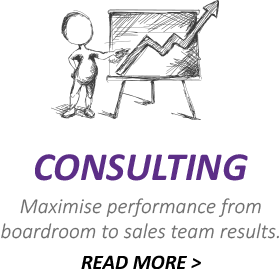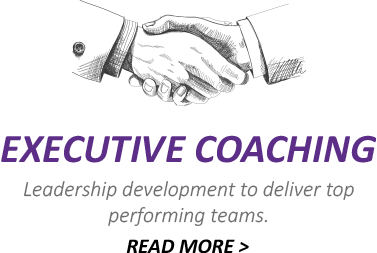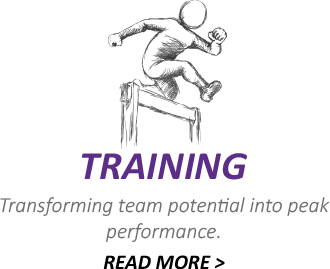So, what is a sales audit? And why should you do one?
I’ve recently completed a 1,400-mile drive across Europe and before the trip the car was serviced and fully checked. Most people would think this is probably a wise move considering the distance and the potential impact of a breakdown during the trip.
Regular replacement of worn parts and fresh of fluids keeps you safe and saves costly repairs…
But do we pay the same attention to ‘service’ or audit our sales work?
Coming out of a pandemic that has had huge impacts makes this type of sales audit vital to undertake.
Plus, it doesn’t require a big investments or resources to successfully complete.
Here are five (5) focus areas for you sales audit review:
- Sales Process – Compare your previous sales process pre-pandemic with your customer’s current buying process. Ask them what has changed in their business? Are there new steps or adaptations you need to make to add value to their new circumstances?
- Sales Content – It’s now clear we will be both working for home and/or from offices. Which means some of our work will take place in virtual meetings. What sales content have you been using over the last year, only to discover it doesn’t really suit your needs? Maybe you need new content, infographics or short case study videos to assist in helping customers through the buying process?
- Account Development – Review the depth and number of your contacts across each customer account. Too often salespeople only have one senior level contact which leaves them in a weak position should any changes occur. So, ensure you have contact with a wide range of people within the account. In harmony with this arrange a quarterly review meeting so you never lose track of their key objectives and keep your relationship strong.
- Hybrid Model – Salespeople must successfully adapt to working in a hybrid model, part face to face, part virtually. If you have been desk bound over the last year, chances are your customers are accustomed to receiving very fast responses from you.Now you are starting back out on the road this can cause real stress as calls and emails pile up all demanding instant responses! Be proactive and call your customers explain the new circumstances and agree on the expectations and the best ways to communicate moving forward.One key to managing your new environment is to ask the question:Does the situation require a face to face meeting, a virtual one or would a telephone call work? By evaluating when and how you communicate can have a massive impact on your workload and results.
https://www.linearstructure.com/4-ways-to-thrive-in-the-2021-sales-environment/
- Retention / Recruitment – During the pandemic many people took the time to re-evaluate their life and career, some deciding to make some big changes. Losing and replacing key salespeople is a costly affair. How are your sales team doing? Meet with them individually to learn how their lives have been impacted and any changes taking place. Discuss their goals moving forward and put a clear plan in place to ensure their engagement.
By taking action now and completing your sales audit this Summer you and your team will be fired up and ready to hit the ground running!
To discuss other fresh ideas for your sales growth book a free consultation call today!
peter.holland@linearstructure.com
07825 876161
Committed to Your Sales Success!
Peter

 hello
hello


 hello
hello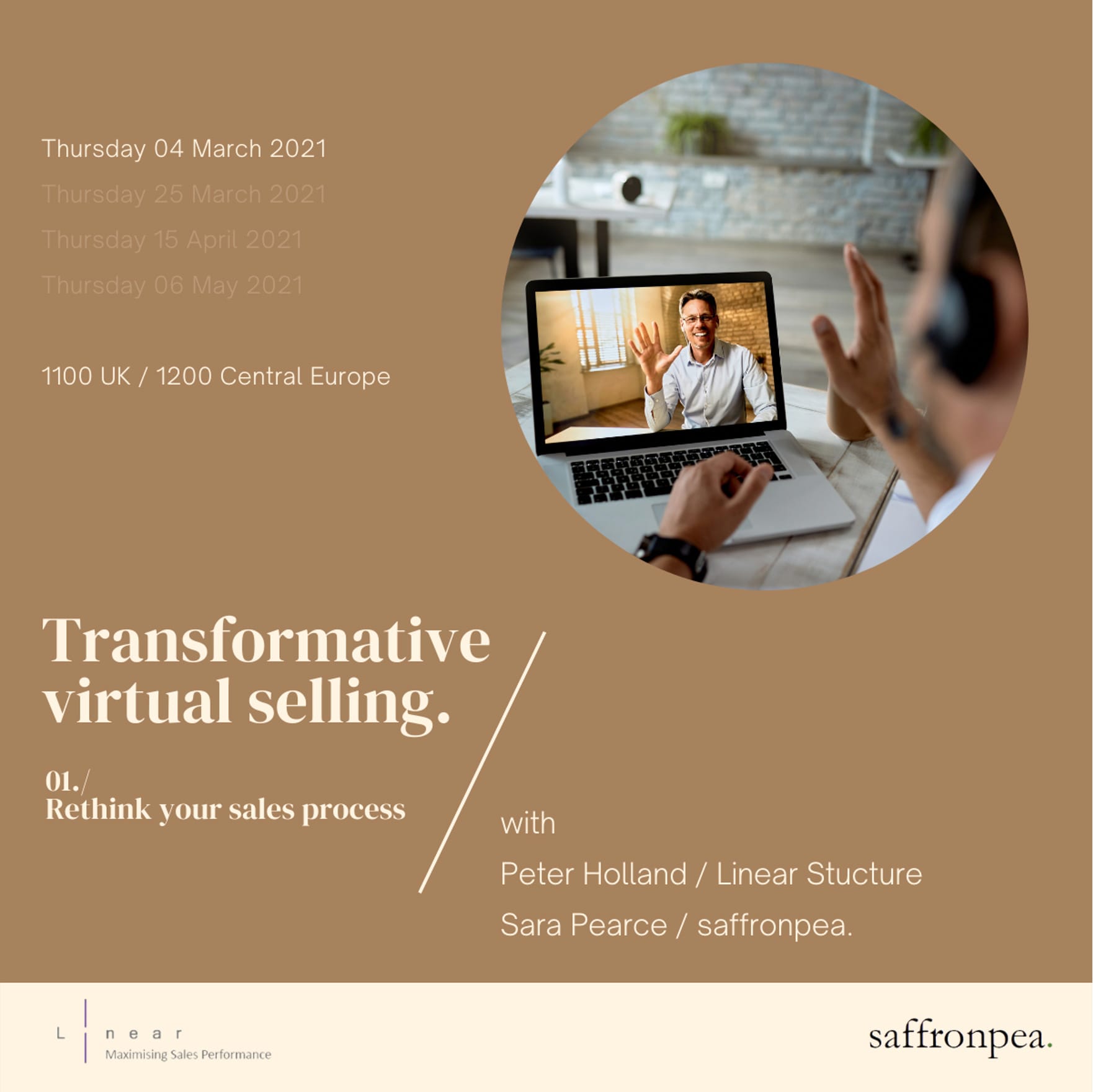 hello
hello
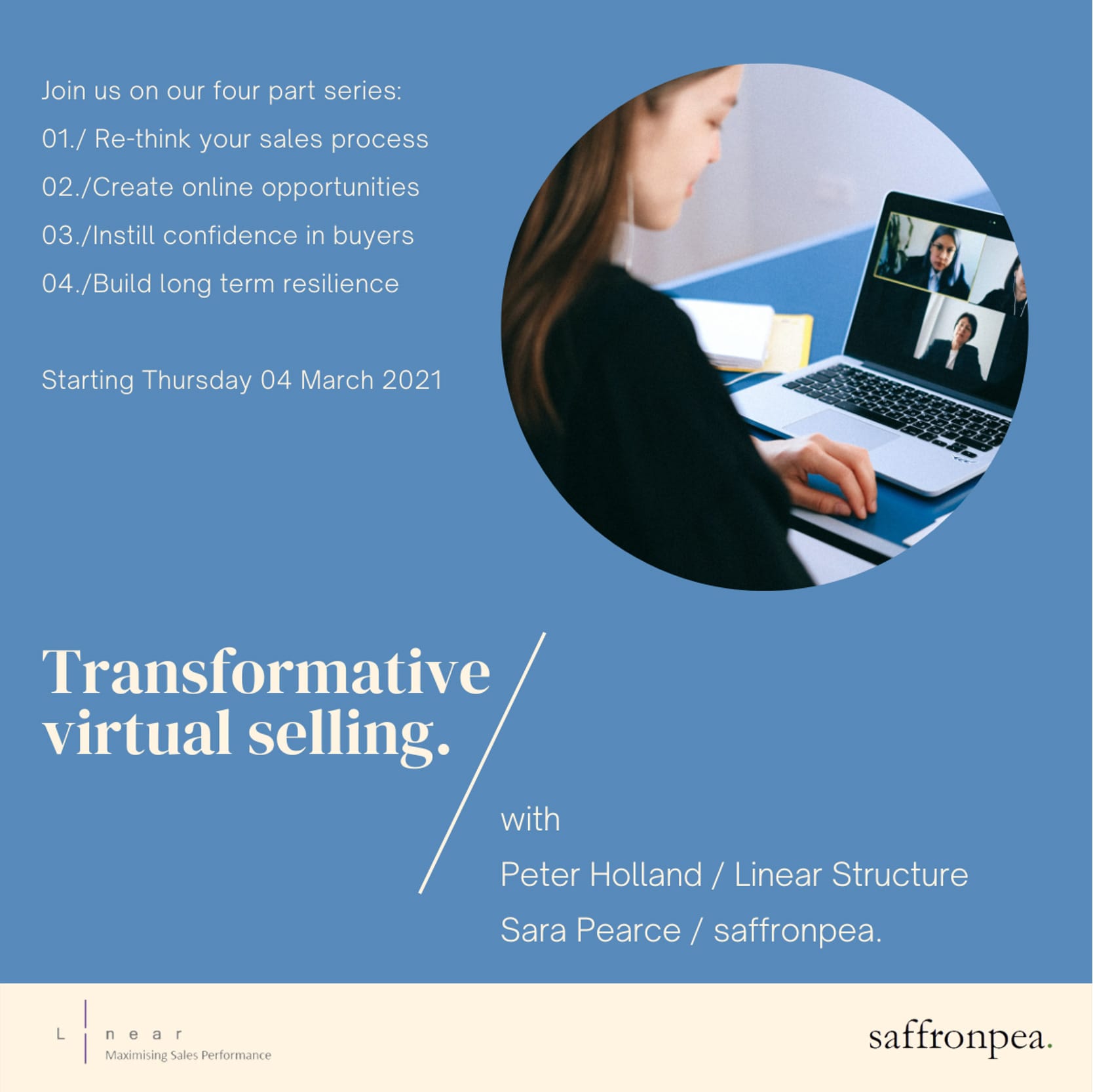 hello
hello hello
hello hello
hello
 hello
hello hello
hello hello
hello